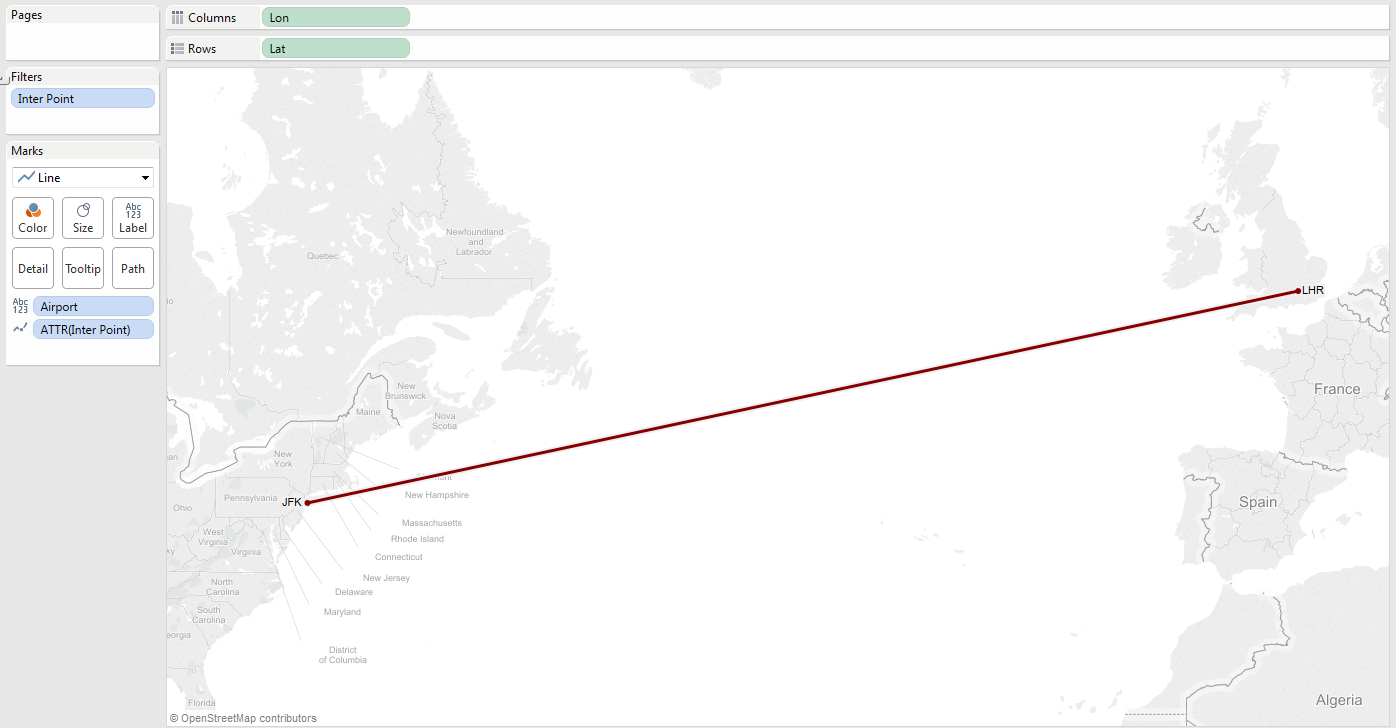Why Microsoft shouldn't be overlooked in Data Science
On Friday, Microsoft sent a shock wave into the world of Data Science. Who would have thought? But the news article was genuine: Microsoft, traditionally seen as a vocal Close-Source advocate, acquired Revolution Analytics ( article ), the champion of R, the quintessential open-source software. In the past years, with the change in leadership (Satya Nadella is now CEO), Microsoft has come a long way from his reputation in quite an impressive turn-around. Like it or not, Microsoft is positioning itself as a potent force in Data Science. I'm excited to see how this will articulate in the coming years.Let's look back at Microsoft latest moves in Data Science: 2011: During Interspeech 2011, Microsoft breaks the Switchboard benchmark , a commonly used benchmark in Speech Recognition by using Neural Nets 2012: The NYT claims that Microsoft Research branch , named M.S.R, has 850 PhD's working on the hardest computing problems Mar 2014 : Microsoft is said to use a go
